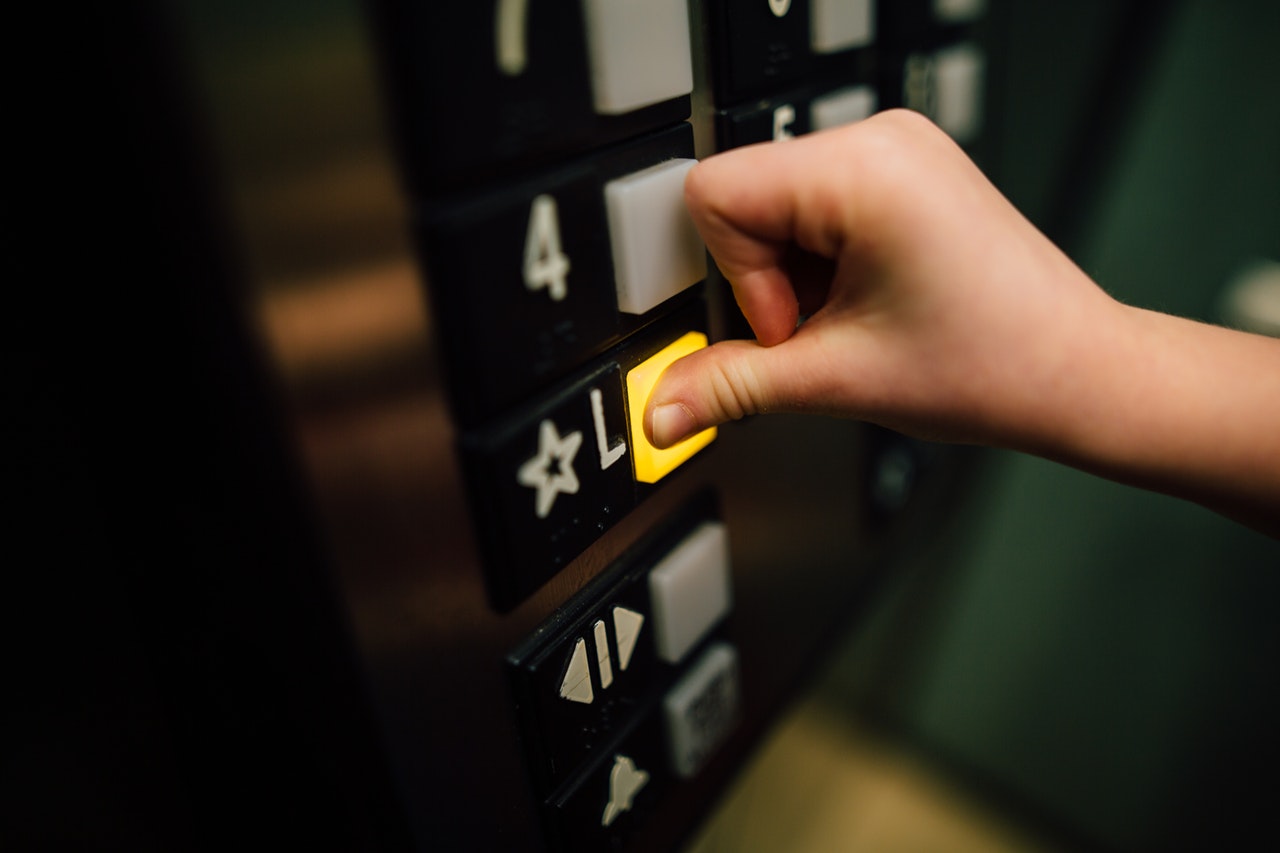
If you’re caring for someone who is disabled and needs help to move around, it might seem like an impossible task. You want them to be as comfortable and safe as possible, but many considerations must be made. Where do they want the lift installed? What type of lift should you get? And how much will it cost? These are all critical questions that need answers before moving forward with any plans. In this article, we’ll answer these questions to ensure your loved one has a smooth transition into their new life with a home lift.
What is a home lift, and what are its benefits?
More old homes must be turned into accessible homes for residents to remain on their property. Many people who live in older houses or small apartments don’t have the space to install a traditional elevator. A home lift is an excellent alternative because it fits easily and safely into virtually any room, taking up very little space. It can be installed practically anywhere: in your living room, dining room, or even bedroom if that’s where your loved one wants to go the most. Many home lift users are most concerned about a clean approach and simple installation, and the flexibility of set-up provides them with maximum freedom and comfort when installing it.
Choosing a home lift for your needs
Before buying anything, deciding what you need out of your lift is essential. For example, do you want an automatic or manual lift? How many stops do you think you’ll need? What size platform are you looking for? These are all questions you should consider before choosing a lift. If you’re looking for an electric platform lift, it might be best to go with an automatic because it can move quickly between floors and into tight spaces. However, a manual might be better if your loved one needs lots of space to sit or lie down while transported. And if you’re sticking the lift in your bedroom, it might be best to get a small platform that can fit in tight spaces.
What are the legal requirements for home lifts?
Before building a home lift in your living space, you must ensure everything is up to code. You don’t want to get hit with a hefty fine for doing something unsafe, so it’s best to leave the installation to professionals. If the plans are problematic, you can check your local building guidelines or consult an architect or engineer.
How to install a home lift
Once you decide your needs, it’s time to look at the installation. If the room is on the smaller side, an inside wall would be best placed with a lift because it can easily fit between studs and joists. However, if your loved one can’t climb up high stairs, having the lift go up to a bedroom might not be a good option because it can be difficult for them to get down. You want to ensure that your loved one will have easy access to their lift, so think about their situation and imagine yourself trying to get into the lift from their point of view. Then, make any necessary changes before building your lift.
Why you should hire a professional for installation
Lifts are costly, so you must install yours correctly the first time. It can be dangerous to do it yourself if you don’t know what you’re doing because there are specific codes and requirements for installing and running them. So, leaving this project to a professional is best to ensure the person you choose is fully qualified and insured because accidents always happen with lifts.
Maintenance and safety tips for home lifts
The best way to prevent accidents and keep your lift running as safely as possible is to inspect it regularly. It would help if you cleaned the interior of your platform at least once a month, and you should check all cords, cables, and parts every three months. Your lift also needs annual calibration for maintenance because these minor adjustments can make a big difference in operation.
Cost of owning and operating a home lift
As with anything, you should get quotes from professionals before hiring them. This way, you’ll understand how much installing and maintaining your lift costs. Be sure to include extra costs for installation if necessary because these can vary depending on the area where you live. Home lifts are considered medical equipment by insurance companies, so you might be able to get a discount on the price.
Installing a home lift can be daunting, but doing your research first is essential. Make sure you know what your needs are and what the legal requirements are in your area. Then, consult with professionals to ensure the installation is done safely and up to code. Finally, establish a regular maintenance schedule to keep your lift running smoothly for years.




 POSTED BY
POSTED BY 

